How to Upload 3d Models to Tabletop Simulator
Turn your physical models into digital 3D models in this guide to photogrammetry. This fifth commodity covers importing your model into Tabletop Simulator.
Nosotros're there. Right at the stop line. I small jaunt and it'll be done. Later on all the piece of work nosotros did cleaning the model in Blender, nosotros have a insufficiently tiny corporeality of work to go. All that'southward left is importing your 3D model in Tabletop Simulator.
Once you've finished and want to brainstorm working on your next model, just refer back to the first article and follow the aforementioned steps every bit before. Each time y'all run through this process of turning your physical models into 3D models and import them into Tabletop Simulator, it gets easier and quicker. Soon you'll be able to play an entire game in Tabletop Simulator using nothing but your ain models!
Tabletop Simulator
Welcome to endgame of building your model, and the beginninggame of yous being able to use that model in-game.
Get a Model for the Base
Equally I mentioned last fourth dimension, there are various ways of getting a 3D model for your base. If you followed the steps earlier, then you should have a 3D model of your base in your project directory. If non no worries, 3D models for bases are piece of cake to discover all over the internet, and Tabletop Simulator'due south Workshop is a peachy resource for this. There are loads of user-created content to pick from, and you'll observe plenty be searching around for things like "round base models".
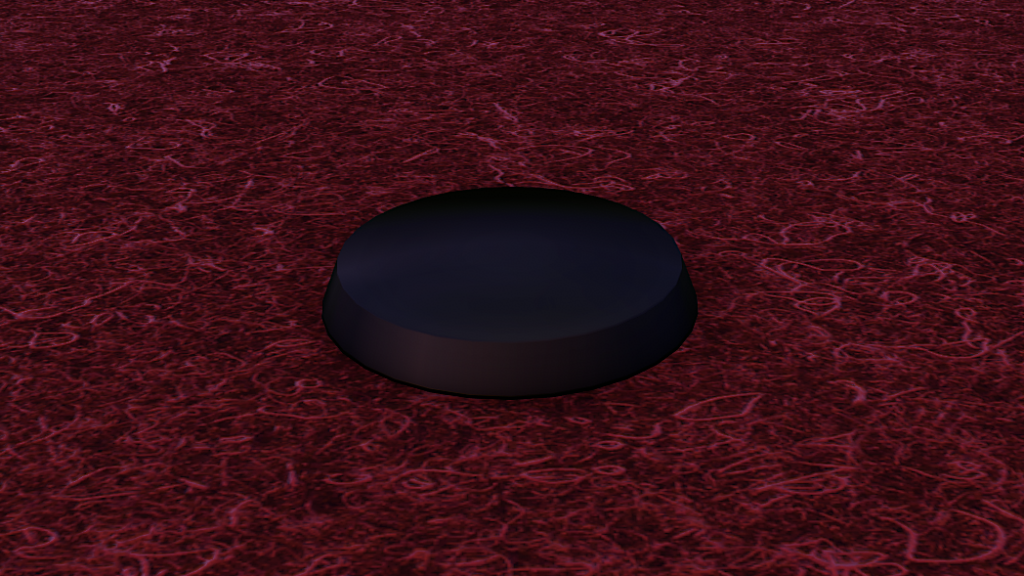
In a higher place I have a 25mm base for my Umbra Legates. Exciting content right here. Assuming y'all got your base of operations from a mod in the Steam Workshop, and so from the main bill of fare, click Create > Single Role player > Workshop > the modern you subscribed to > Load. You can either follow the residue of the steps in this commodity inside that mod, or you tin re-create-paste the base of operations's model into a clean, empty TTS instance. You tin can as well right click and hit Save Object to easily create boosted copies of the base without loading the mod.
Import Your Model
Now that we have the model for our base of operations, nosotros need to import our own 3D model. At the top of the screen, click Objects > Components > Custom. And then click and drag MODEL to the table. You'll see a Custom Model popup.
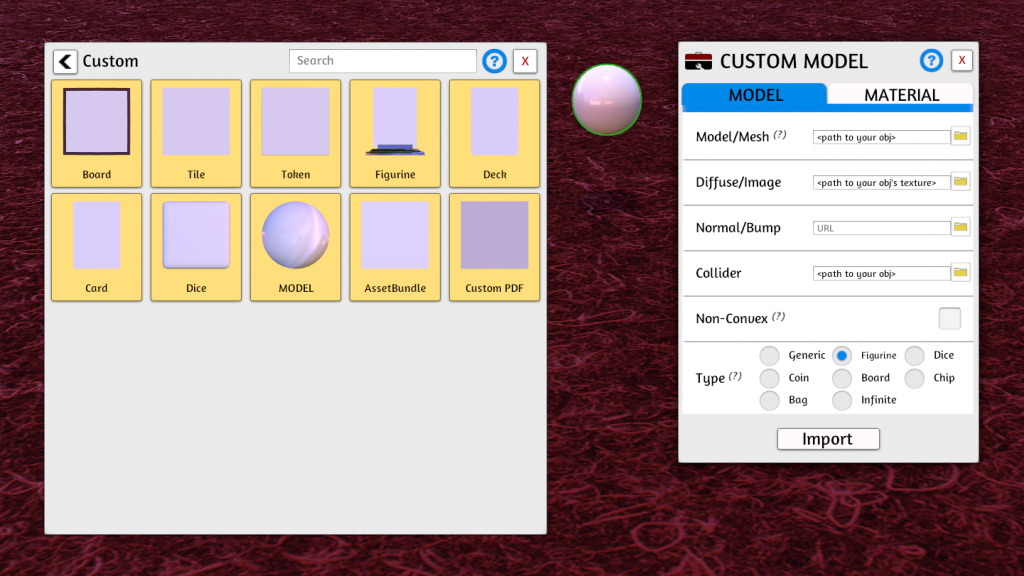
Click the folder icon side by side to the Model/Mesh textbox, and select the obj file you cleaned up in Blender, named something like "<your model>-final.obj". If y'all get asked whether you want to upload it to Steam Cloud, click Local for now. You won't be able to use the model in multiplayer games, but once y'all've confirmed it works, then just run through these steps once again, selecting Deject the second fourth dimension through.
For Collider, you have options. You tin can leave it blank if you want Tabletop Simulator to requite your model a generic hitbox that isn't too accurate. Or you can select the same obj as you put in Model/Mesh for a much more accurate hitbox. Adding a custom mesh collider probably causes TTS to apply a scrap more memory and processing power, but I've never noticed an issue. Another option is to select the obj file for your base and non the model itself. This lets your model prune through other models so long as the bases aren't touching. This tin can be really handy with spindly bits similar antennae or long weapons.
For Diffuse/Image, select the jpg file that 3DF Zephyr generated, it should be in your project directory. You won't be able to miss this this epitome, as it volition be a giant square of textured nonsense. Once more, click Local unless you are doing your 2d laissez passer through these instructions, in which example select Deject.
For Type, select Figurine. And then go to the Fabric tab and alter it to Cardboard. And so click Import.
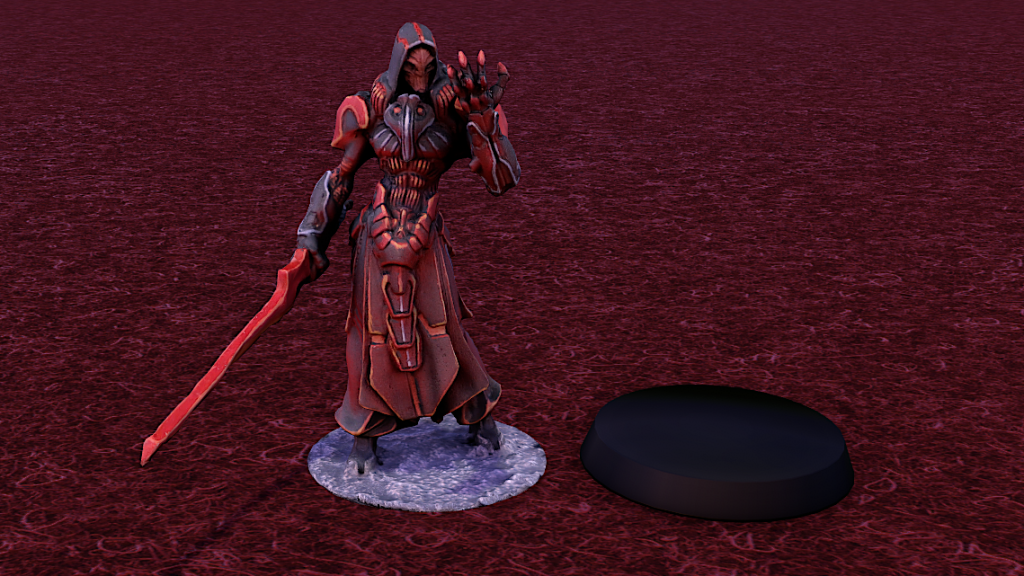
To rotate your model, hover over it and press Rotate Left (q) and Rotate Right (e). Yous tin pick it up and move it around with left click. Requite the model a quick eyeball to make sure information technology looks like it's the correct size for the base of operations.
Marshal the Model to the Base
At present that nosotros accept two objects in Tabletop Simulator, nosotros want to line them so that the model is properly standing on its base.
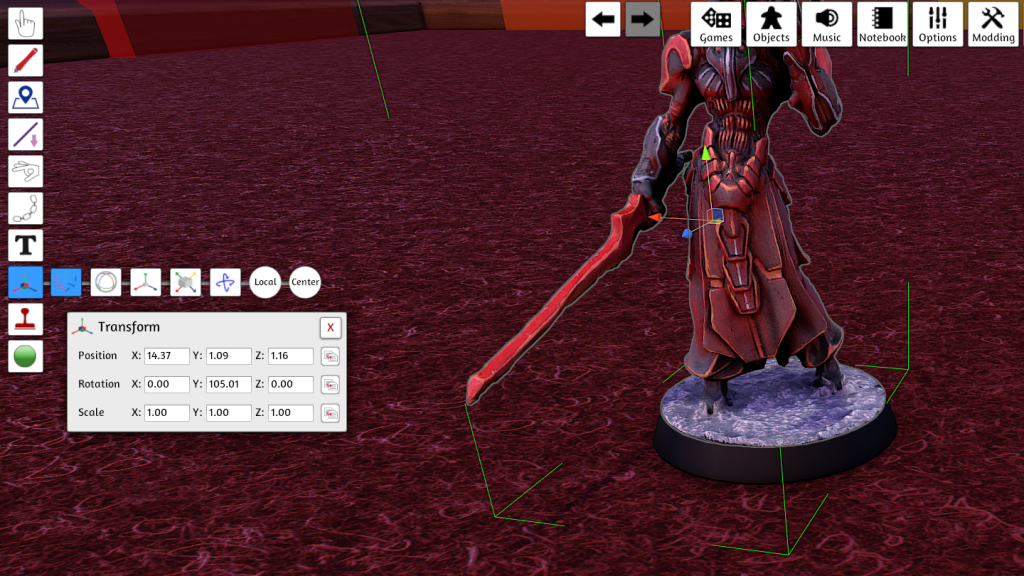
Using the Grab (F1) tool, pick upward the model and place it roughly on the heart of the base. Then use the Motion Gizmo (F8) tool (in the to a higher place screenshot it's the selected tool on the left), forth with the motility arrows at the centre of your model, to precisely motion your model and so it's standing on the center of the base.
Exist sure to check the model from all angles, including pinnacle-downwards, to make sure the model is aligned properly. If you find it's not sitting properly on the base, you can make fine rotation and z-centrality adjustments with the Move Gizmo.
Link the Base
Nosotros've got something that looks like a unmarried object now, but we need it to comport like a single object as well. We can exercise that in Tabletop Simulator with Combine (F6).
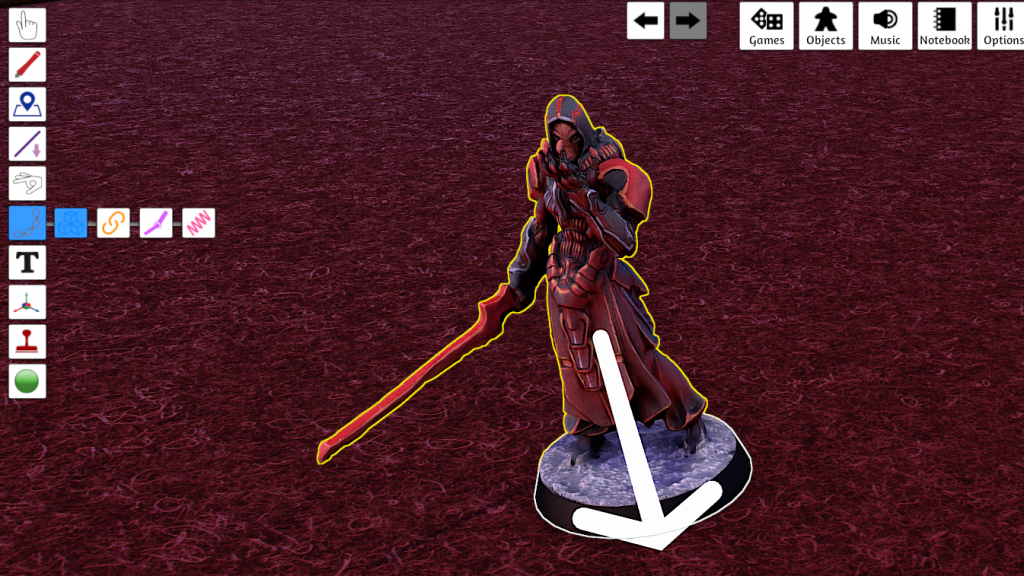
Using the Combine tool can be a little weird, but here's the stride-by-stride. Click and agree your model, then drag the cursor downwardly until the base also becomes highlighted. You might need to accommodate the camera bending to become this to piece of work. In one case the base is highlighted, let go of the cursor, and the objects are now successfully linked. Go ahead and utilize the Catch Tool (F1) to pick up the model and brand sure it stays fastened to the base of operations.
If you lot accidentally linked the incorrect object, or merely want to unlink the two, then using the Combine tool, click and hold your model, and so elevate the cursor to any location where information technology's not highlighting a second object, and release.
Colour the Base
Coloring your model'south base is entirely optional, simply I'll include the instructions in case you desire to spice it upwardly. Depending on how you got the model for your base, there might be specific steps you have to become through to employ a colour to it. However, if you get your hands on a well designed, generic base, you lot just need to set up the Color Tint on the linked model to color the base.
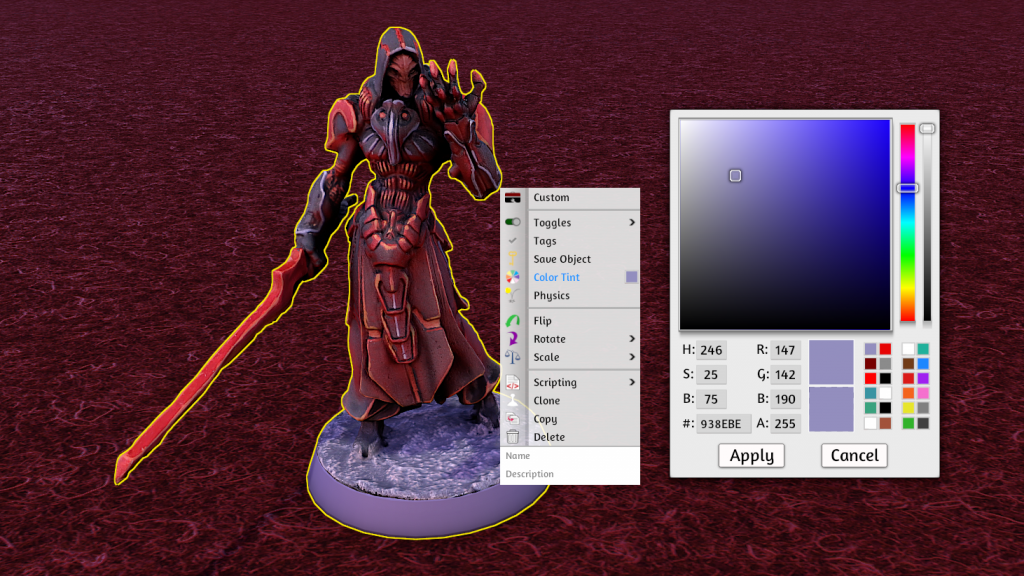
Right-click the model, select Color Tint, and then select whatever color yous like. When yous click Apply, y'all should see the that colour be applied to the base while your model remains unchanged.
Upload to Steam Cloud
If y'all desire to apply this model solely for solo gaming, then you're done at this point. Withal, assuming you lot want to apply this model in multiplayer games, you'll need to upload your model to the Steam Cloud. Every bit mentioned previously, you'll need to go back to run through the Import Your Model steps over again, except this fourth dimension click Cloud instead of Local. Granted that you could take clicked Upload the first time effectually, simply if you fabricated errors and need to reimport the model, and then you'll wind up with onetime garbage models cluttering upwards your Steam Cloud.
Name and Salvage
Right-click the model, and at the bottom you'll meet Name and Description text boxes. Go ahead and fill up those out with whatever information you want. Proper noun appears in a tooltip when your cursor hovers over the model, and Description appears beneath that when yous linger the cursor on a model for a second or so.
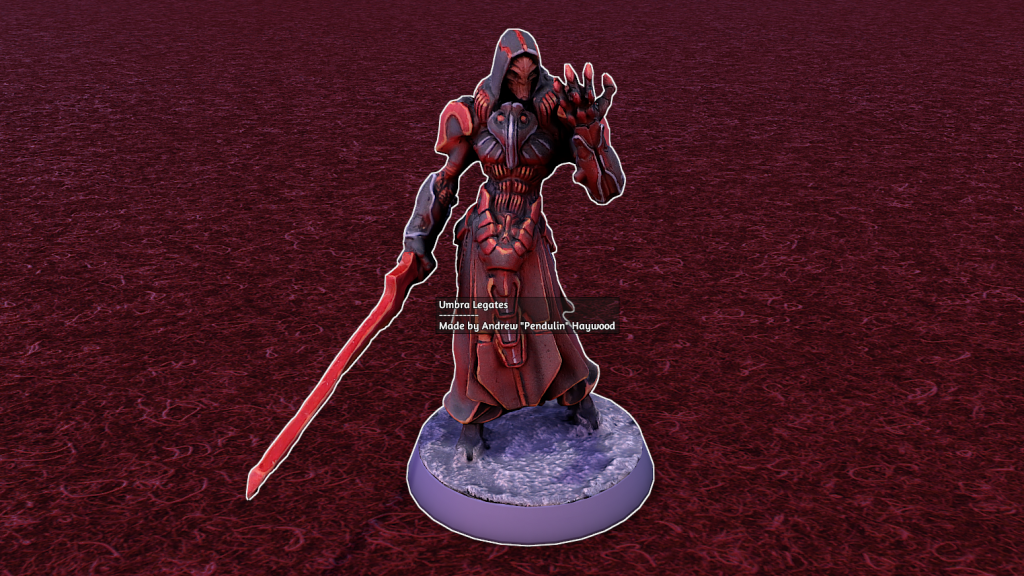
One concluding pace is to relieve the model so you can easily employ it in whatever game. Right-click the model, then click Save Object. Give it a name and press Save. At present whenever you are in Tabletop Simulator, you can create a copy of your model clicking Objects > Saved Objects, so selecting your model, and dragging it to the table.
Wrapping Things Upwards
And that'south information technology, that'due south all the steps to get from concrete model to digital version you can use in Tabletop Simulator. It took u.s.a. a long time to get hither, but the more you go through these steps, the easier it gets. I've scanned dozens of models following this process and am extremely happy with the results.
That being said, photogrammetry is more than of an art than a scientific discipline. These steps are only the ones I personally follow, and your workflow may look entirely different. I'm no practiced and tin can but tell yous what works for me.
Though I've written this extensive guide on how to digitize your models, there are doubtlessly many tools and optimizations left to be discovered. If you find tips, tricks, or techniques that piece of work well for yous then exist certain to share them. In addition to the comments below, Goonhammer's Patreon Discord server is extremely agile and there are always cool people at that place trying to improve their hobby game and build absurd stuff.
Have whatsoever questions or feedback? Drib united states a note in the comments below or email united states atcontact@goonhammer.com.
Source: https://www.goonhammer.com/getting-started-with-photogrammetry-part-5-tabletop-simulator/

0 Response to "How to Upload 3d Models to Tabletop Simulator"
Post a Comment